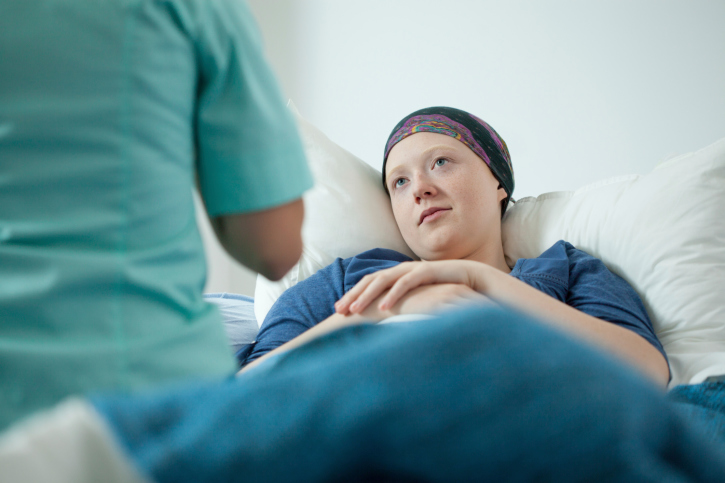by Jessica Nye, PhD
Left image: Eligibility and opportunity for participation in cancer clinical trials was found to be similar across race, level of disadvantage, and residential area. Source: Getty Images
Eligibility was not found to drive disparities in clinical trials, according to study results published in JCO Oncology Practice.
Clinical trials typically underrepresent Black patients and those living in rural and/or disadvantaged areas. Investigators from The University of Alabama at Birmingham performed a retrospective cohort study using data from 512 patients who received oncology care for breast or ovarian cancers between January 2017 and February 2020 at their center. Patient characteristics were compared with eligibility criteria of current open trials to evaluate the relationship between trial enrollment and underrepresented populations.
The patients were women, median age 59 years, 72.8% were White, 70.1% had breast cancer, and 81.1% had lower disadvantage.
Most patients (65.4%) were eligible for a clinical trial, 19.3% showed interest in participating in a clinical trial, 50.2% were offered to enroll in a trial, and 31.1% decided to enroll in a trial.
Black patients were less likely to show interest in participating in a clinical trial (odds ratio [OR], 0.40; 95% CI, 0.18-0.90) and to enroll in a trial (OR, 0.56; 95% CI, 0.32-0.98) but were similarly likely to be eligible for the trial, to be offered a trial, and to decline enrolling compared with White patients.
Patients with higher disadvantage were less likely to enroll in a clinical trial (OR, 0.46; 95% CI, 0.24-0.89) and more likely to decline enrollment (OR, 3.40; 95% CI, 1.44-8.00) but were similarly likely to be eligible for a clinical trial, to be interested in participating, and to be offered enrollment than patients with lower disadvantage.
No significant differences were observed on the basis of rurality.
This study may have been limited by not including withdrawal information.
These data indicated that eligibility was not the limiting factor responsible for disparities of Black patients and those with greater disadvantage in breast or ovarian cancer clinical trials.
Disclosure: Multiple authors declared affiliations with biotech, industry. Please refer to the original article for a full list of disclosures.
Reference
Caston NE, Lalor F, Wall J, et al. Ineligible, unaware, or uninterested? Associations between underrepresented patient populations and retention in the pathway to cancer clinical trial enrollment. JCO Oncol Pract. Published online September 30, 2022. doi:10.1200/OP.22.00359
This article was published by Oncology Nurse Advisor.


